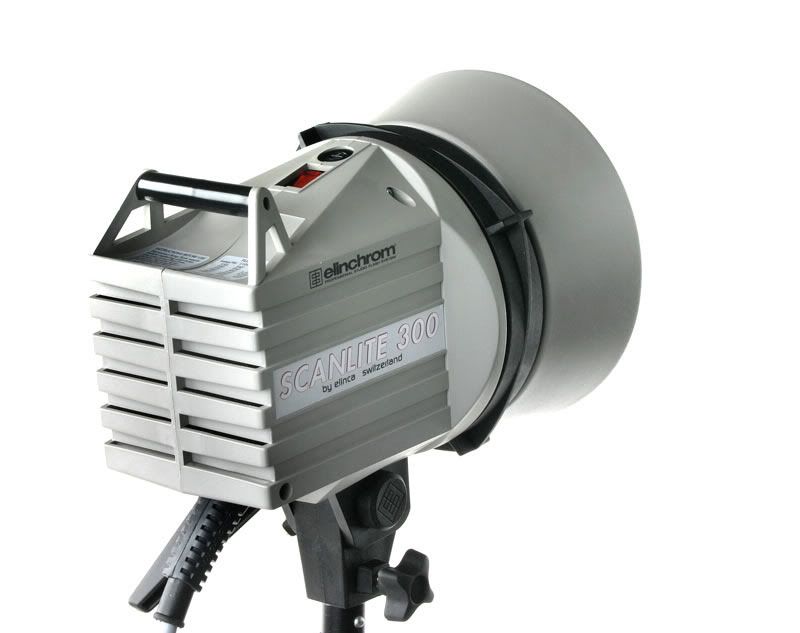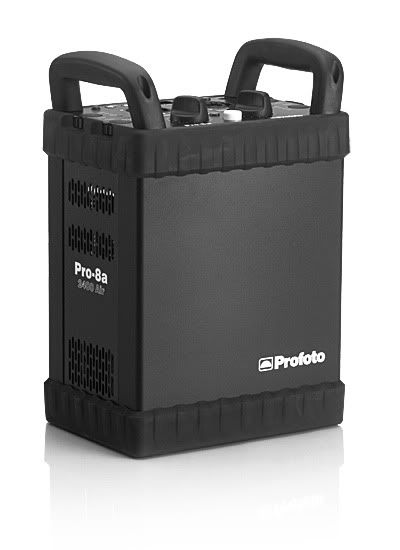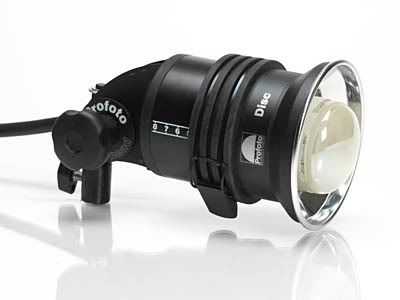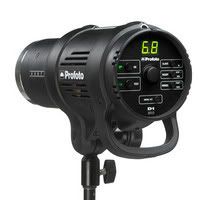The choice of lighting used in studio photography is very important as it will affect your overall pictures. No matter how good the camera and the len are used, the quality of picture will be good if the lighting is right. This section will introduce the two different lightings used in studio photography: continuous and flash.
Continuous light
Continuous light refers to tungsten,  fluorescent and metal halide iodide which burns continuously. They are sometimes termed as hot light because of the amount of heat they produced continuously over a long period of time. Tungsten lighting produced warm colour that are in the range of 3200K – 3400K. They are useful if you want to imitate the effect of a sun shining to an object. Fluorescent and metal halide iodide are used if you want to have a daylight white balance. The advantages of using them are:
fluorescent and metal halide iodide which burns continuously. They are sometimes termed as hot light because of the amount of heat they produced continuously over a long period of time. Tungsten lighting produced warm colour that are in the range of 3200K – 3400K. They are useful if you want to imitate the effect of a sun shining to an object. Fluorescent and metal halide iodide are used if you want to have a daylight white balance. The advantages of using them are:
1. You do not need to take a shot unlike the flash to determine where the light falls. What you see is what you get.
2. You can get them at a relatively cheap price and it is good for those photographers who wish to start up at a small budget.
The disadvantages of using them are:
1. Tungsten especially produces more heat than light. They will make the model very uncomfortable if it is used directly to them.
2. Tungsten poses a high risk of fire due to the amount of heat produced.
3. Since the amount of light produced is limited, they are less ideal for using slow shutter speed or small aperture if depth of field are used.
4. It is difficult to mount light modifiers such as filter gels, softbox or umbrella as they may burn them. Even if they can be mounted due to the ability to withstand heat, care must be taken to dismount them as the tungsten lamp will still be hot after you switch off.
Flash light/strobe
Flash light are sometimes referred to as cold light because they do not generate as much heat as continuous light. Flash and strobe are used interchangeably and do not refer to any specific unit. Most will refer flash used in studio as strobe. Flash light can differentiated into two categories:
Hotshoe camera flash unit and built in camera flash: These are “intelligent” flash that enable communication between the flash and the camera such as firing pre-flashes to help camera to focus as well as determine the correct exposure which normally occurred in the poorly lit environment.
Studio flash unit: They do not possess the necessary intelligent as the above mention flash. They are more powerful than the normal flash. Studio flash needs light meter to determine the correct exposure.
Studio flash comes in two configurations: power pack and monolights.
Power pack
Power pack has all the adjustments compacted into a box and what is left is to attach the flash head to the box via cable. The flash head contains a flash bulb, modeling lamp and maybe a cooling fan. Some power pack allows power to be distributed evenly (i.e if you have a power pack of 2400 watts and if you attached two flash heads, the power will be distributed equally to them), while others allows power to be unevenly distributed (i.e you can have a flash head of 1800watts while the other to have 600 watts). The advantage of using power pack is that you need to make most adjustments in the box rather than on the flash head.

Monolight
Monolight has most of the adjustments contained in the flash head. This made them heavier as compared to the flash head used in the power pack. They are ideal for location work as they need less cables running around.Flash strobe has some advantages over continuous light: 1. They are termed as cold light as they do not generate too much heat. They are triggered either sync cord or radio trigger unlike continuous light where the light is on continuously. Thus they have a low risk of fire.
1. They are termed as cold light as they do not generate too much heat. They are triggered either sync cord or radio trigger unlike continuous light where the light is on continuously. Thus they have a low risk of fire.
2. They can be used together with light modifiers such as softbox and umbrella because they do not produce as much heat.
3. They produced consistent lighting over continuous light as the light used in continuous lighting will degrade over time (i.e lamp used in continuous lighting is on over a long time and this affect the quality of light over time).
The disadvantages of using them are:
1. They are expensive to start with. This is due to the fact you need to purchase many accessories as well as flash heads in order to achieve good result.
2. You probably need a few shots to get the result you want as you do not know how the light falls. Some flash heads come with a modelling lamp which allows you to know where the light falls but they are often expensive.
3. They have a lot of cables running around and you will need to proceed with care as you may trip them.
Welcome to the Digital Photography Academy! This site offers some tips and techniques to improve one's photography skills and some creative ways to manipulate pictures and shooting styles. For a start, feel free to look at the terminology guide.
 Subscribe in a Digital Photography Academy
Subscribe in a Digital Photography Academy
Recent updates
Thursday, July 16, 2009
Type of Lighting used in Studio Photography
Subscribe to:
Post Comments (Atom)

0 comments:
Post a Comment